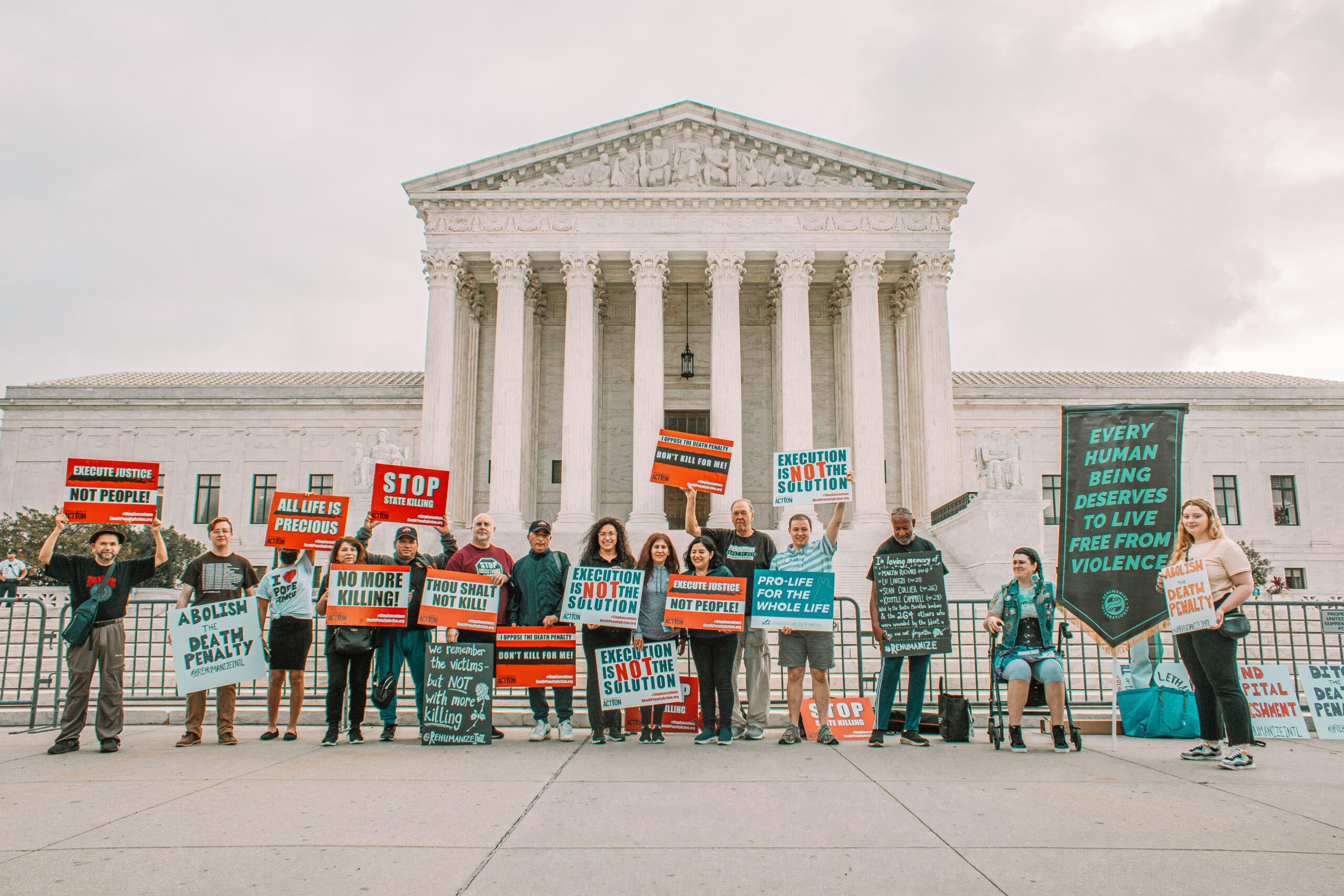As the debate over the death penalty rages on, the core principles outlined in the United Nations Universal Declaration on Human Rights provides us an accurate global standard. With every execution, questions arise about the morality and efficacy of capital punishment.The United Nations Universal Declaration on Human Rights states that every human being has the right not to be tortured and the right not to be killed, the Death penalty violates both of these conditions. Globally 109 countries have deemed capital punishment unconstitutional. For this there is much rationale, particularly, that using the death penalty translates to not acknowledging the errors and misjudgements in the justice system. The United States alone have exonerated 195 individuals for crimes they didn’t commit because of the biases and flaws in the courts. Nathaniel Woods was convicted in 2005 for shooting and killing three officers. He was sentenced through a case where the defense wasn’t allowed to share Woods accounts of police misconduct beforehand or introduce the fact that Woods had never touched the murder weapon and the courts knew it. Nataniel Woods was executed in 2020. Many exonerees recall spending decades incarcerated, under the pressure that one day they may be killed for a crime they didn’t commit. Thus, the death penalty creates room for prejudice and discrimination against people of color and minorities. Proven numerous times, Black individuals are more probable to be sentenced for a crime they didn’t commit due to the intense microscope they are put under. This outweighs any small glance spared for the rest. Other times, white-victims have been favored in court. In the modern era, executions happen only on murder convictions, and 75% of the cases that move forward towards the death penalty were cases involving a white victim, although half of America’s homicide victims are black. From this we can conclude the ethnic and racial disparities in the justice system and the unconstitutional and unjust applications of capital punishment.
The death penalty targets the most vulnerable people in our society, one is people of color and minorities and the other people who are lower on the socioeconomic scale. Some say the death penalty is specially reserved for people from lower socioeconomic groups. Due to our rapidly industrializing society, the gap in allocation of resources calls for higher crime rates in these underserved communities. The government’s lack of funding supports these people who chase after crime, instead of condemning it. The bridging factor between race and socioeconomic bias is that it’s people of color living in these underserved communities. After acknowledging the created higher crime potential in these communities, the issue of socioeconomic bias arises. It is much easier to blame and pinpoint a crime on an individual who doesn’t have the means to support themselves at the time of conviction. It is also much easier to extend the sentence for an individual who is of color and of lower socioeconomic means.Nearly half of the individuals serving life sentences in America are Black, and 15% Hispanic. Black and Latino individuals are also more likely to have higher bond set, and be denied bail than white individuals, this is due to their higher flight risk because of their socioeconomic disadvantage. Assumptions and bias have gotten into the place of the justice system and created disadvantages for people of color and those from lower socioeconomic backgrounds and other times both leading the usage of capital punishment to be ineffective and unjust. Overall, in the story of justice, the death penalty serves as a stark reminder of the systemic biases and socioeconomic disparities that challenge our society, ultimately raising profound questions about the fairness and integrity of our legal system.
Sources:
https://www.nytimes.com/2021/12/05/us/nathaniel-woods-alabama-sentenced.html
https://www.un.org/en/about-us/universal-declaration-of-human-rights
https://www.law.umich.edu/special/exoneration/Documents/Race%20Report%20Preview.pdf
https://deathpenaltyinfo.org/policy-issues/race
Featured Image:
Photo by Maria Oswalt on Unsplash


